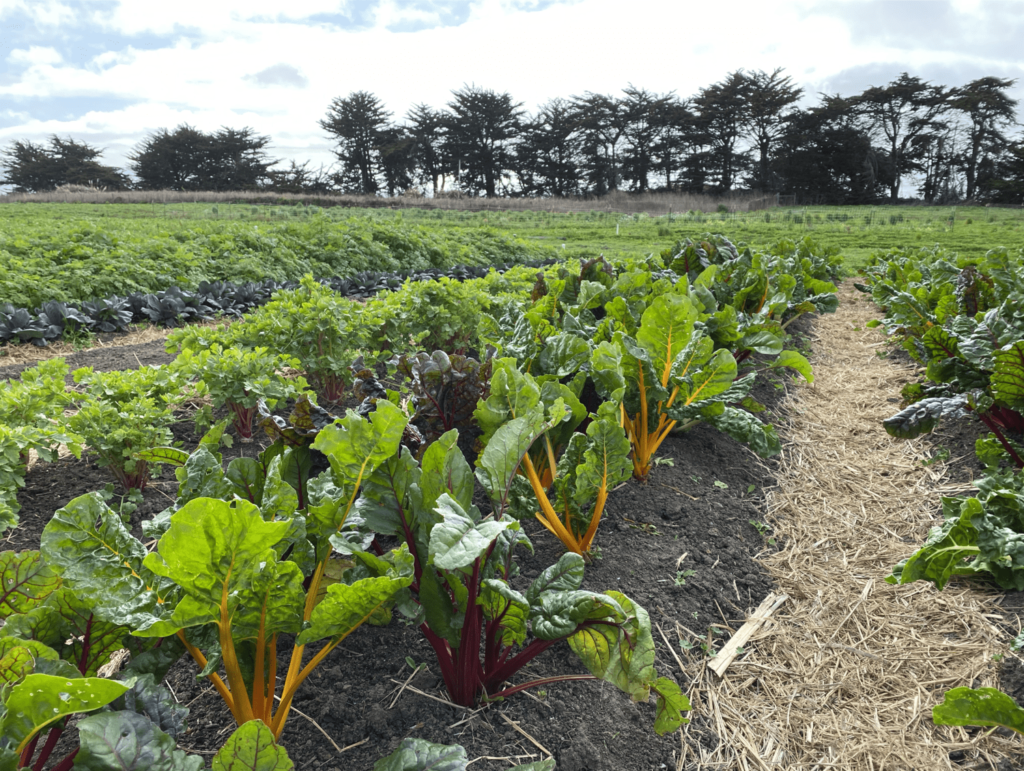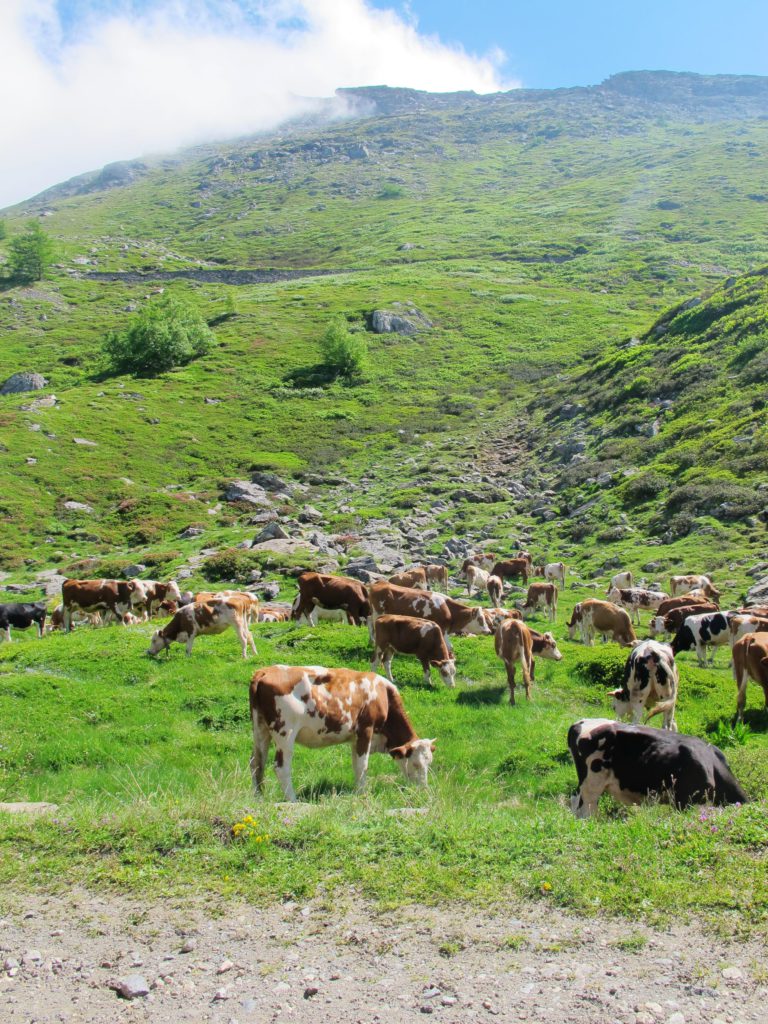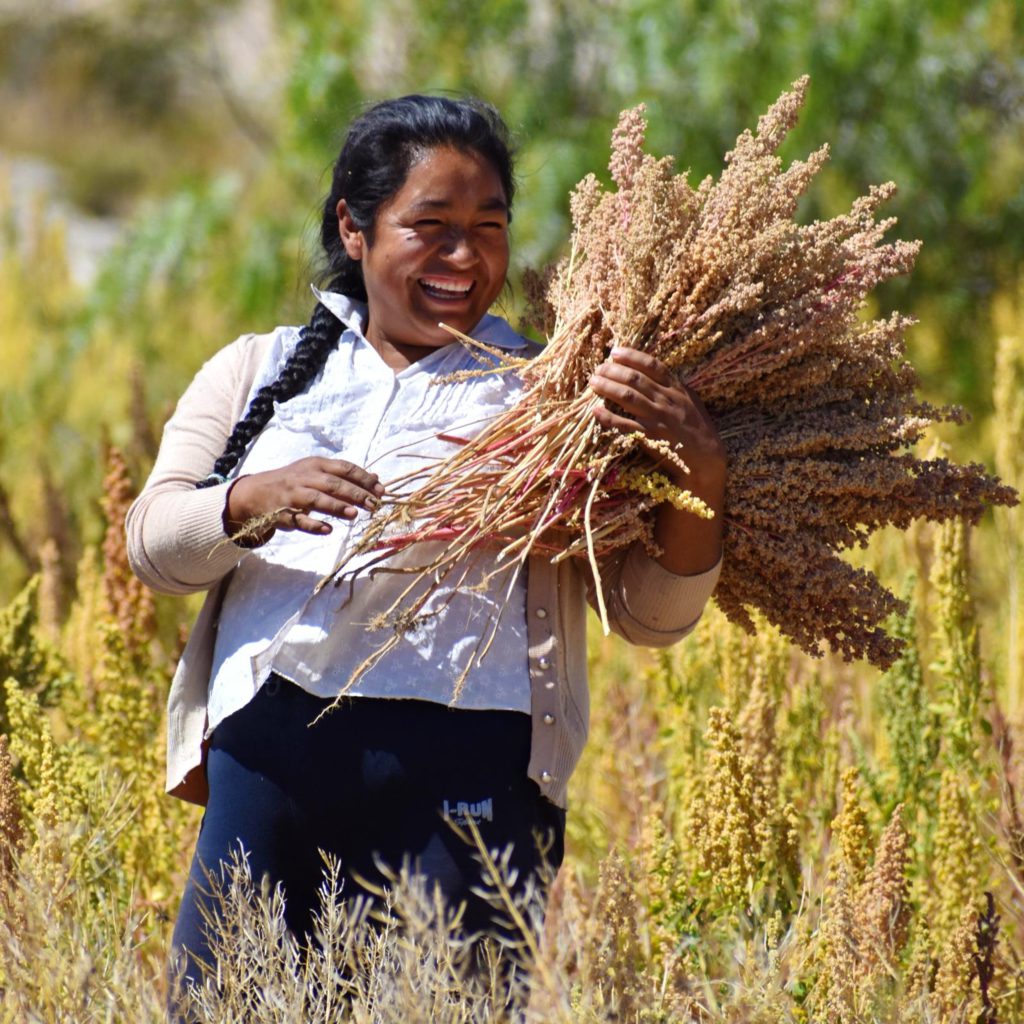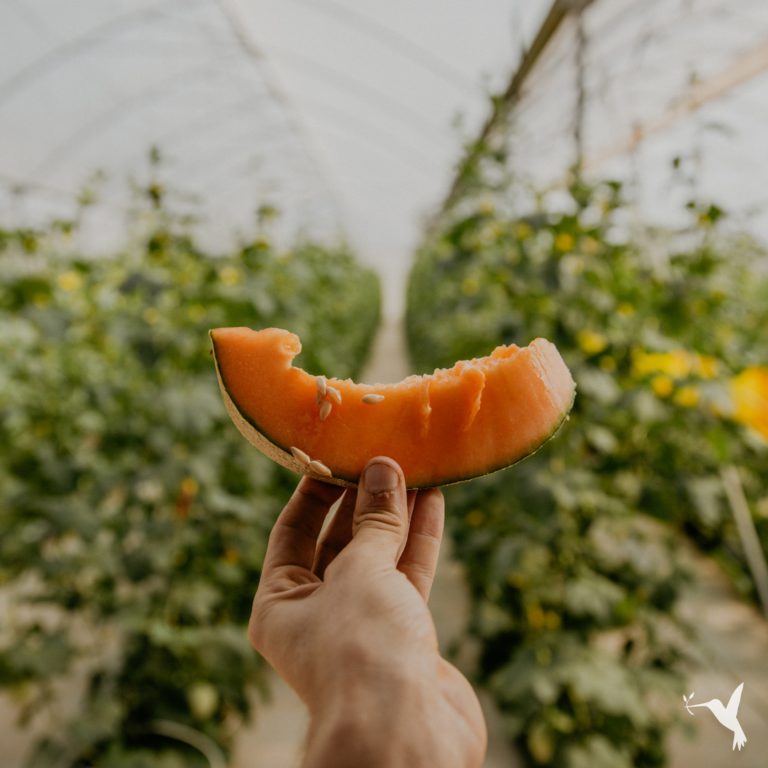Regenerative Agriculture 101: The Basics
The Basics of Going Beyond “Sustainable”
Sustainable. Organic. Permaculture. What do these words even mean anymore? As words, movements and initiatives evolve, they often change meaning in the process. Recently, “regenerative agriculture” has become the new “sustainable agriculture.” Sustainability is no less important, but it has become an umbrella word that can mean so many things.
Let’s dig into regenerative agriculture and learn how it is a more specific concept, an agricultural practice that doesn’t replace sustainability, but rather goes beyond it.
The Foundations of Regenerative Agriculture

Regenerative Agriculture describes an approach to food and a system of farming principles and practices that increase biodiversity, enrich soils, improve watersheds, and enhance ecosystems.
After decades of scientific research within the global communities of farming, permaculture, and agroecology, regenerative agriculture methodologies formed and evolved. Within these methodologies, there is a great focus on soil. Healthy soil is vital to growing healthy crops, sustaining healthy farms, and cultivating food in a way that isn’t just less harmful, but actually of benefit to the environment.
Ideally, regenerative agriculture is a closed-loop, self-nourishing system that reverses humans’ negative impact on the earth; it has the potential to increase resilience to climate change.
Regenerative Agriculture Practices

Regenerative agriculture practices aim to restore soils that have been degraded by industrial farming and capture carbon within the soil. Specific practices include recycling as much farm waste as possible and adding composted material from sources outside the farm.
Organic matter in the soil is basically plant or animal tissue in the process of decay, and this matter plays a vital role in the overall health of the soil. Most soils are only 2% to 10% organic matter.
Each one percent increase in soil organic matter helps soil hold 20,000 gallons more water per acre, which makes crops more resilient through extreme weather, reduces nutrient runoff and decreases erosion.
Regenerative agriculture includes integrating livestock (their hooves help loosen the soil and their waste is good fertilizer), growing cover crops so soil is never exposed to wind and water erosion, and limiting soil disturbance by tilling as little as possible.
The Positive Outcomes of Regenerative Agriculture

When plants have strong roots systems and the nutrients they need to thrive, they build better defenses against insects and disease. There is also growing evidence that a healthy soil microbiome full of necessary bacteria, fungi, and nematodes is more likely to produce nutrient-dense food, promoting better human health. It should come as no surprise that all these factors are interconnected.
On a regenerative farm, yield should increase over time while soil remains fertile. According to the research from the United Nations, about one-third of the world’s topsoil is already degraded, and if current harmful practices continue, we will see a complete degradation within 60 years.
With regenerative practices, topsoil should deepen, production should increase, and less external compost will be needed to keep the soil juicy and full of microscopic, biodiverse goodness.
Keeping the soil lively and rich doesn’t just increase output and production value, it also stores carbon.
The agriculture sector is one of the biggest emitters of CO2, the greenhouse gas (GHG) most responsible for the changes we are seeing in our climate today. Regenerative agriculture practices support biosequestration, or storing carbon in the soil. This then increases resilience to climate change.
Regenerative agriculture is more than just a style of cultivating food, it is a way of working together with earth and the elements that ensures conservation and rehabilitation of these resources. The idea is that we can receive from the earth and give back in the same holistic process.
Now, have you heard about the regenerative organic certification? We invite you to discover it so you can raise your agricultural IQ:



